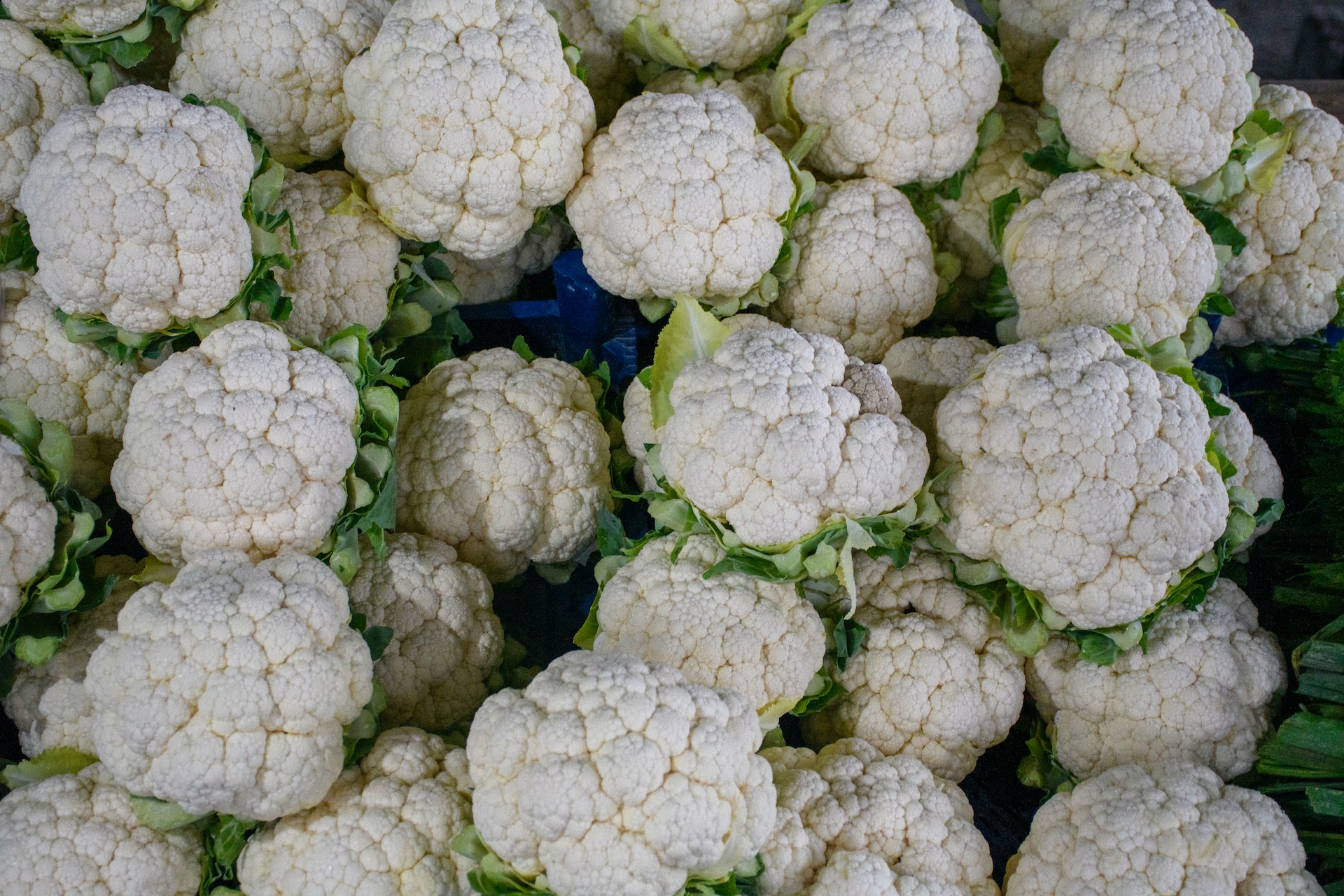
Sunscreen for cauliflowers
29 September, 2023
Most of us are trying to eat a more sustainable diet: banning meat from our plates, buying locally, reducing food waste, and so on, even if we aren’t yet ready to join the alleged two billion people who already eat insects as part of their diet, sustainable though that may be. This is why we were interested to learn about some promising “climate-defying” fruits and vegetables, which are already of our daily diets but at risk from climate change if action isn’t taken.
Plant breeders across Europe and America have developed a range of fruits and vegetables varieties that can thrive under the new climate conditions that affect their production such as storms, floods, pests or water scarcity. For example, the Cheery Cupid cherries grow despite the reduced amount of “chill hours” cherry trees usually need throughout winter to produce their fruits. The Destinica true-white cauliflower doesn’t get sunburnt, unlike its fellow cauliflower varieties that need human hands to fold their leaves back over the curd to prevent the sunlight from burning them. And avocado on toast could be due a renaissance after it was taken off the menu for sustainability-minded millennials everywhere because of the devastating environmental and human effects of avocado production. But the development of the “Luna UCR” avocado variety, grown on avocado trees that require less water and land than their peers is another example of a food that could help make our healthy choices healthy for the planet.
And yes, these are genetically modified, and you may be suspicious of them for that reason. There’s no doubt that GMOs remain controversial, although research suggests that issues arising from the over-use of herbicides apply equally to GMO and non-GMO crops. But let’s not throw the baby with the bathwater: some 40% of crops are lost globally every year due to floods, pests, and other external events. And this new generation of GMOs show how human creativity and technique can overcome environmental challenges by creating fruits and vegetables that survive, are richer in nutrients and more sustainably produced than their “natural” peers.
By Flora Gicquel
 Back to all friday 5
Back to all friday 5